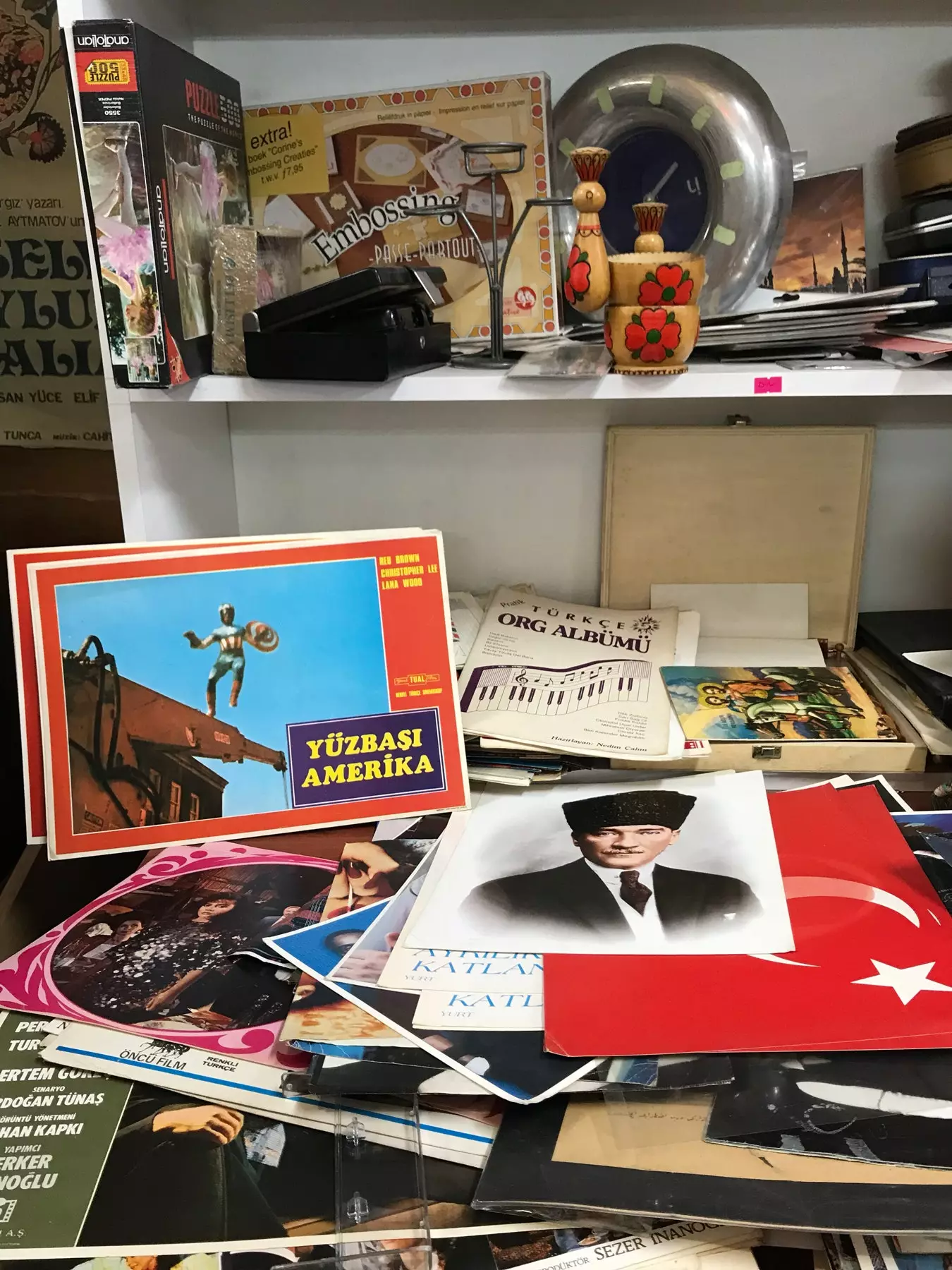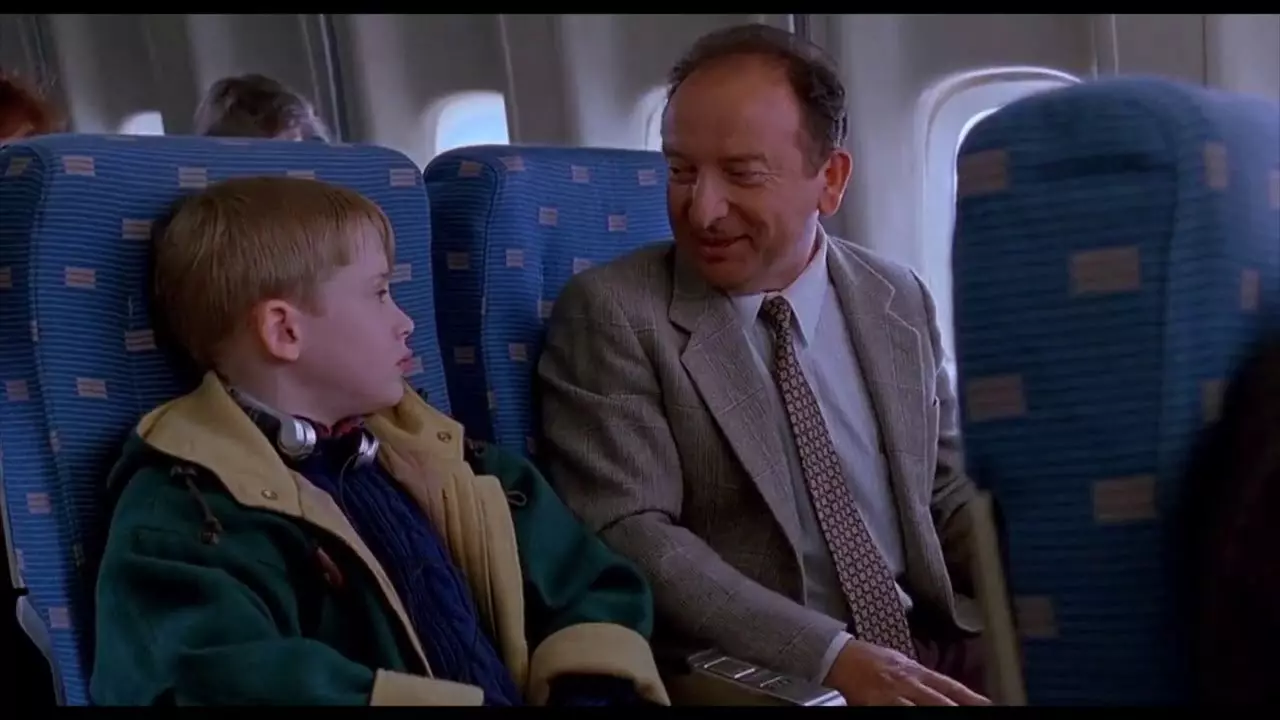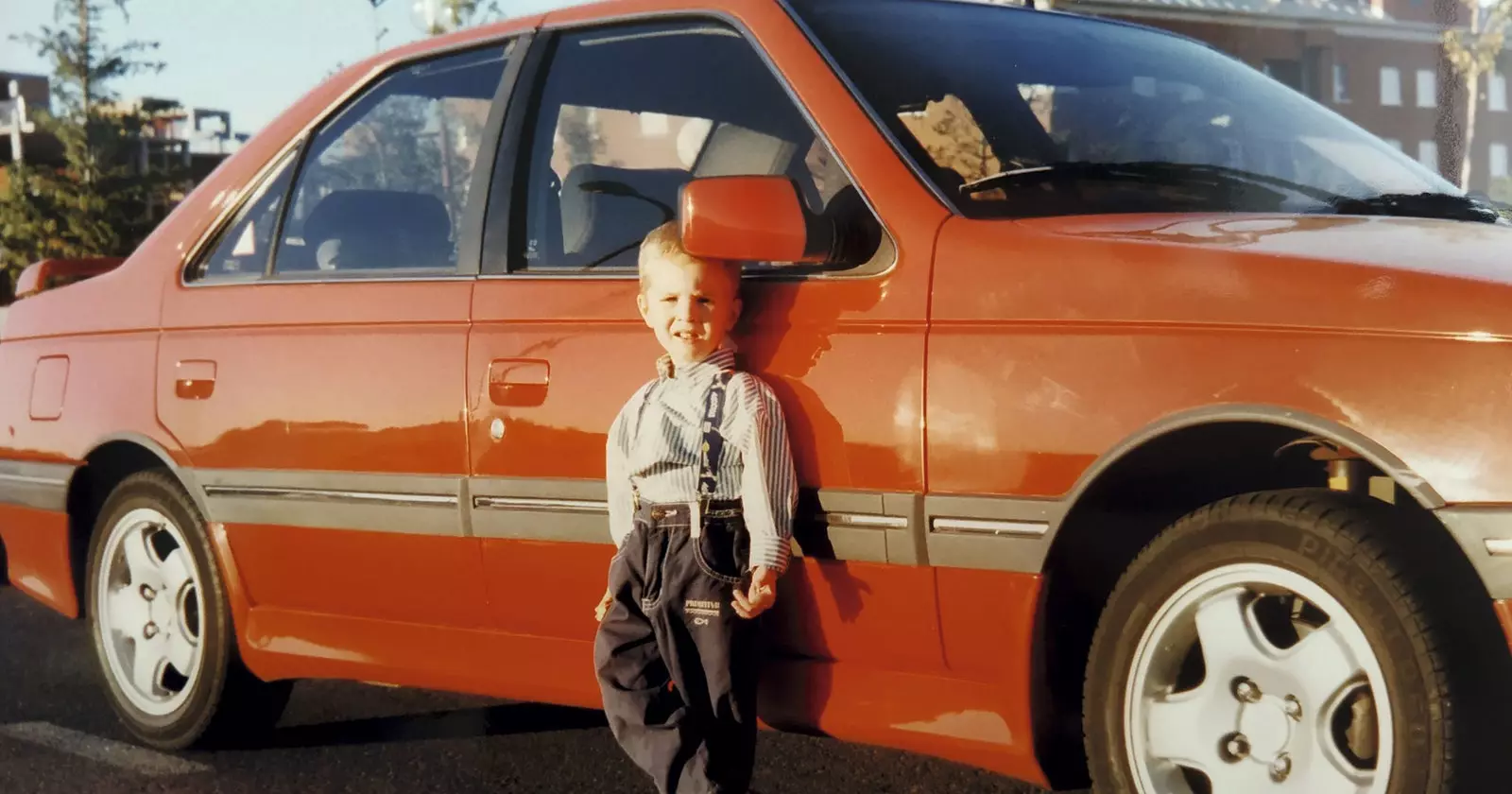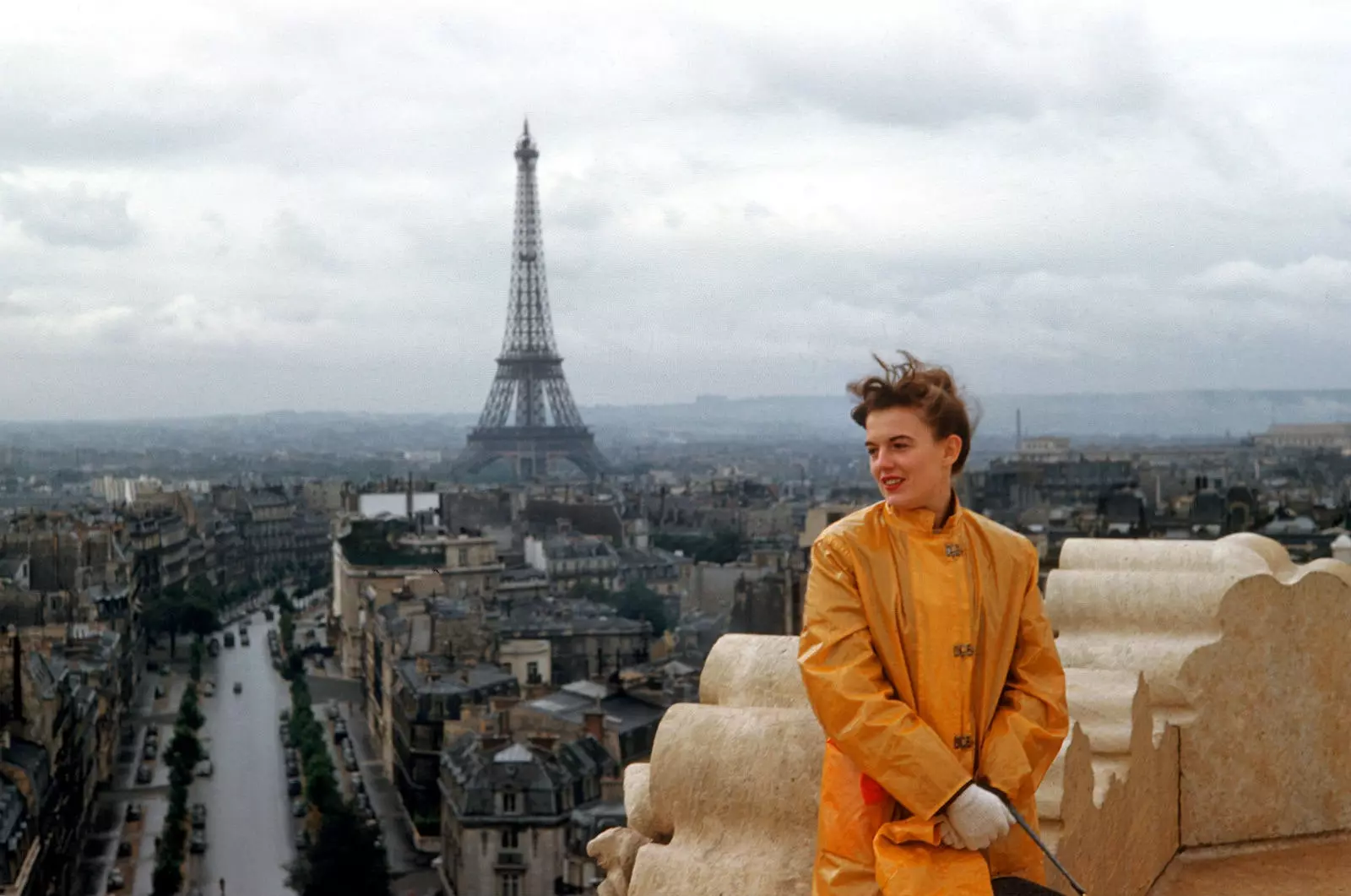Kalpitiya, in Sri Lanka. On the other end of the phone I can hear you repeating the countries that will separate us in the next few hours as you slide your finger over the atlas. “Pakistan, India, Sri Lanka”. Calp what? With C or K? "K-A-L-P-I-T-I-Y-A." Every time I tell my father that I am going to travel, he asks me to repeat the name of each stop to write it down.
Then take one of the many maps that it preserves, with impossible lines and arrows, and circle the name. It is a kind of ritual anchored to another era, the one in which Google Maps did not mark our destiny and we memorized by fire the legends of the lighthouses and the rivers.

Postcards in an antique shop on Çukur Cuma street.
The world, and specifically the world of travel, has changed so much in a period of 20 years that we consider reaching a temple of Vietnam no GPS or write a postcard in a Colombian coffee we find ideas so snob as old-fashioned.
Nevertheless, there was a time not so long ago as the 90's in which the innocent transition between past and future flowed.
LOW…WHAT?
Before we could buy 5p airfare to London on Ryanair, back in 2007, travel by airplane it was something more exclusive : cocktails were served with umbrella straws, food on board was free and you could smoke in the cabin.
Equally, flights were less frequent in our traveling routine and more romantic comedy idealized meat (typical protagonist who drank a Concorde from New York to Paris to chase the love of his life).
Hence, the most recurrent options were traveling by train, bus or especially by car. to do a city-break from weekend to Paris, no way . If you traveled by car, you had to extend your vacations as long as it took to compensate for so many hours and tolls. But what was the travel oracle?
In the 90's The Internet was a revolution that was still slowly awakening until its emergence in the 2000s, and the best allies were the maps and atlases that we turned into our window to the world.
who does not remember the Michelin Guide that, for 1,250 pesetas, made us dream of the possibility of traveling to Burgos, Marseille, and even to the stars? It's if we did not travel through a travel agency , that organizing the getaway yourself sounded a bit hippie to many.
TRAVEL WITHOUT ALGORITHMS
Car trips in the 90s revolved around a map and music. At that time, there was no Spotify algorithm that linked Bad Bunny with Rosalía and the mission was to rummage through the glove compartment and its amalgamation of styles : From the soul of Aretha Franklin we could move on to Paloma San Basilio and Bob Marley, from Bruce Springteen to Los del Río.
If you were the rebellious and advantaged son, you could even have the Walkman or the Discman and listen to Primal Scream or the Spice Girls without disturbing anyone.

'Home alone 2'.
Soundtracks of a trip that we lived with the windows down and the focus more on views than on a screen . With our eyes we dissected each palm tree, each ditch, each goat.
Finding a well on the way was a treasure, the schedules were not so marked and entering a telephone box without looking like an ex-fugitive to call the family was the usual thing.
The man in a bank at the entrance of the town who could tell us where your pension was or recommend the neighbor's. The buffet it was something too exotic and WIFI, a sprout yet to come. We saved time by seeing new corners instead of doing photo shoots in front of doors full of flowers.
Because the photos oh the photos.

The musician Álvaro Naive in 1994.
LIFE IS A REEL
The difference between the trips of the 90s and today (or well, those of 2019) could be explained through photos. likes, valence filter, instagrammable; all that would have sounded like whale language and the photographs only depended on serendipity.
For referrals, we had postcards that revealed new places and on which we could write our colleagues how they kept the summer notebook.
Then we had the cameras. Those gadgets where you couldn't go back or delete photos if you left with your eyes closed because the reel was finite and had to be dosed. Out of square? With too much sun? The Eiffel Tower came out, which was the important thing. Take a picture of a cachopo or a fondue? They would have hit you with a colleja.

Paris in the 90s.
Taking photos and saying “send them to me on WhatsApp to test filters” was not feasible, and the magic of waiting for the result of the photographs was typical of a child after waking up on December 25.
We developed the photographs on the way back and met in the living room to comment on them, frame them in photo albums that today we see with nostalgia. Even for give the souvenirs to our family and friends : a key chain, a magnet for the fridge or, terror, those “Your uncles who have been to La Toja and remembered you” t-shirts, one of those things that we really don't miss from that time.
Travel in the 90s had something of innocence and excitement. the dawn of a globalization that came to provide us with wonderful tools but also to make everything more homogeneous , without so much room for contrasts, to surprise us.
The great paradox mentioned by the author Alan Watts in his book What is the tao: “All the places connected by air travel tend to become uniform. The faster we go from Los Angeles to Hawaii, the more Hawaii looks like Los Angeles."
